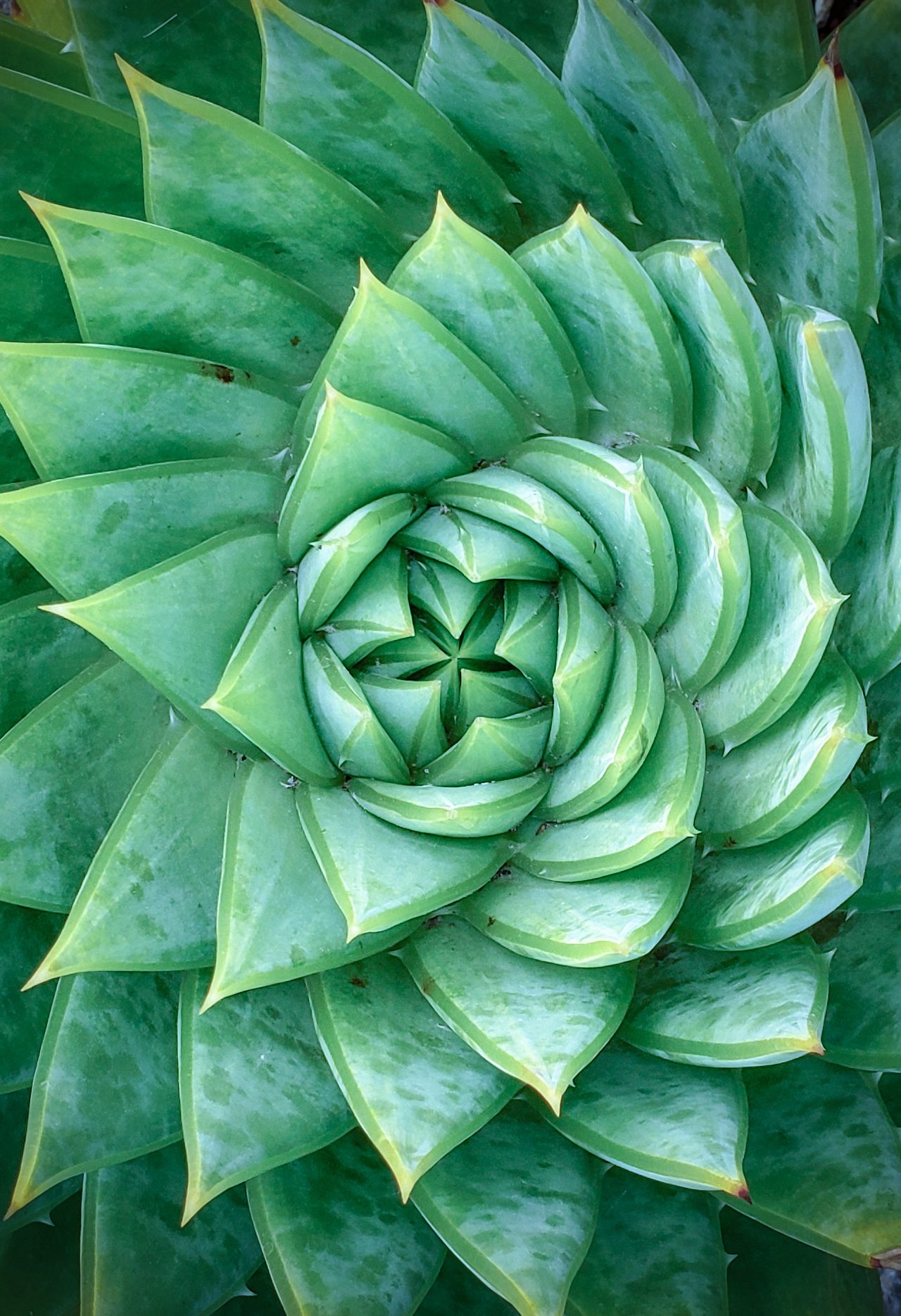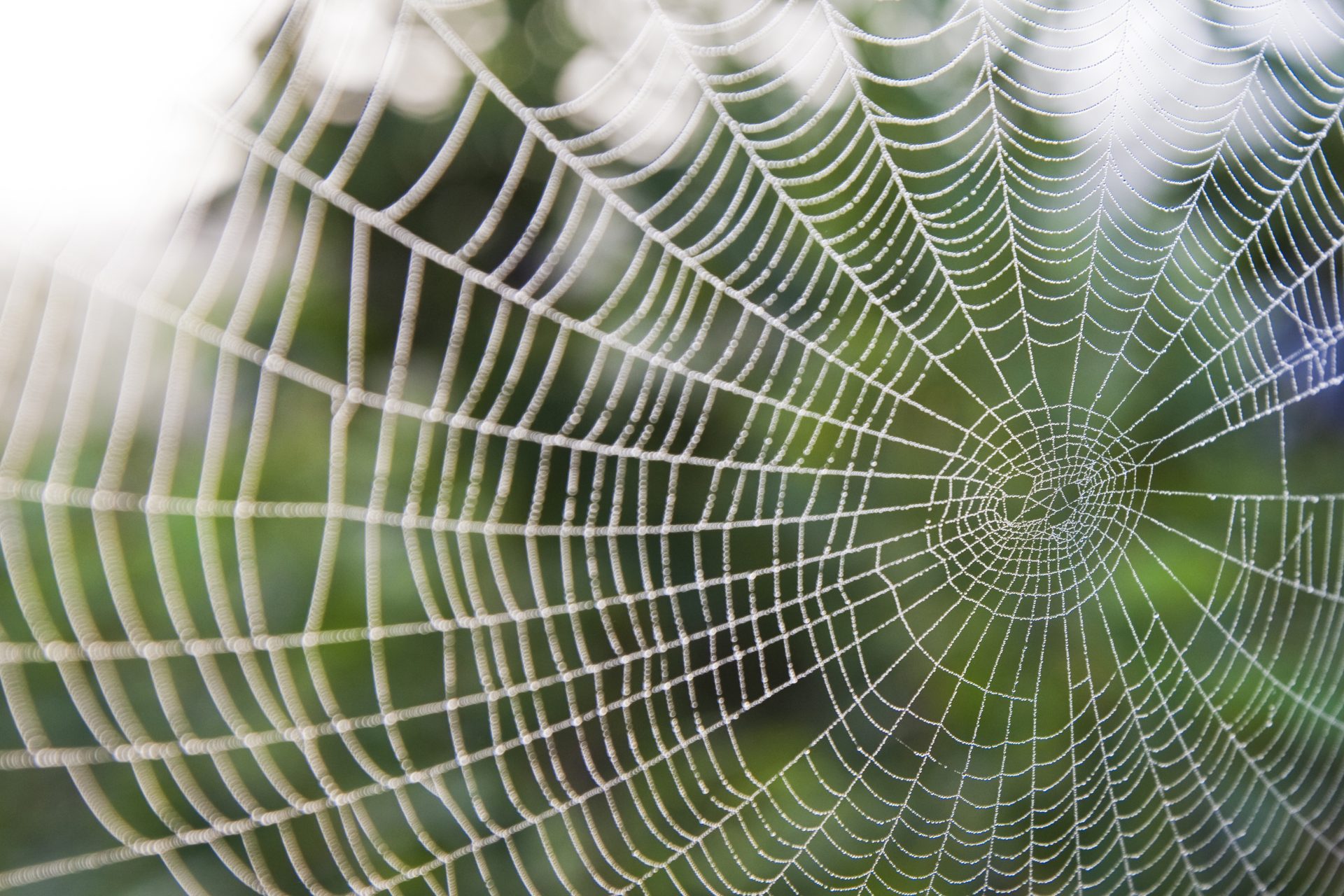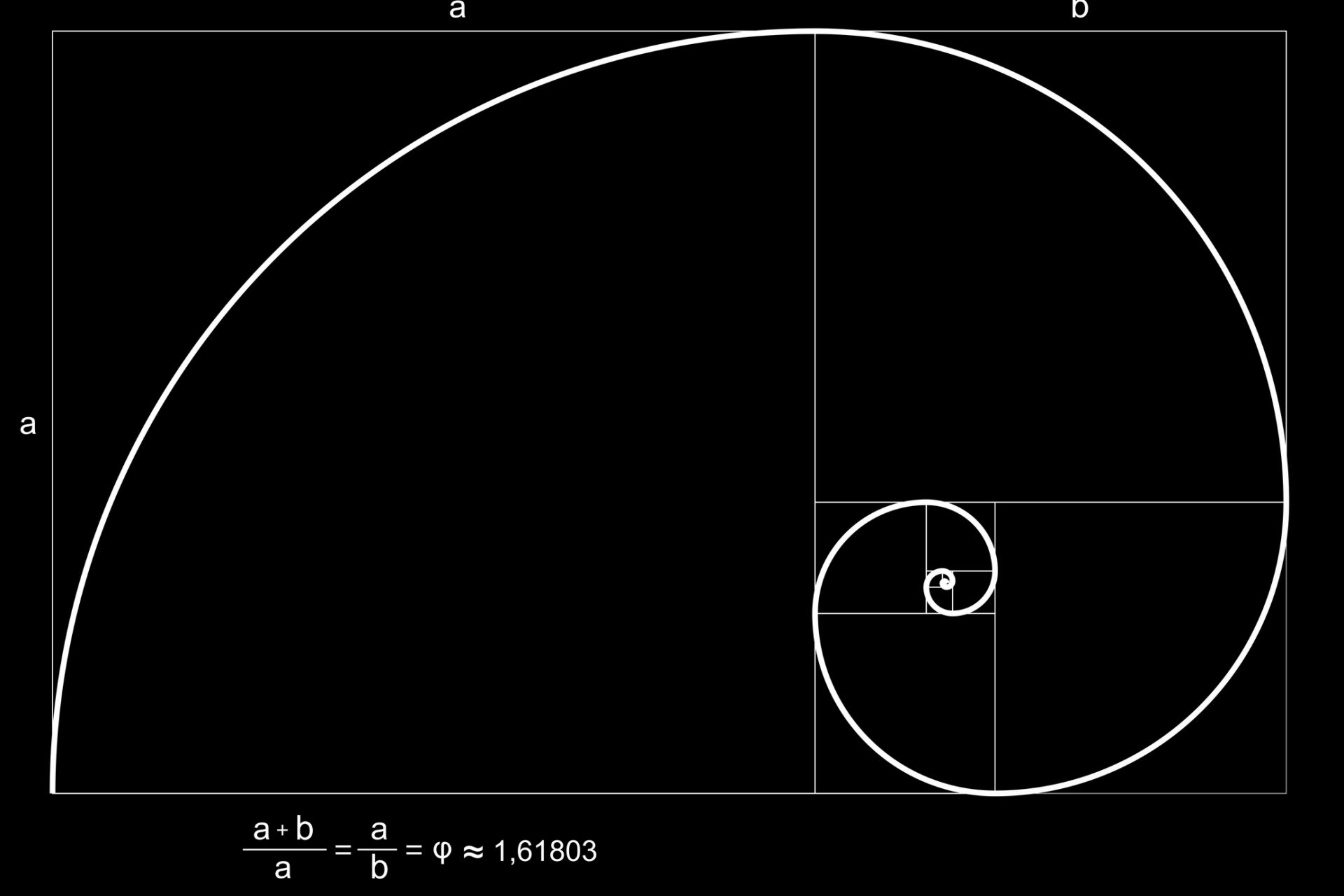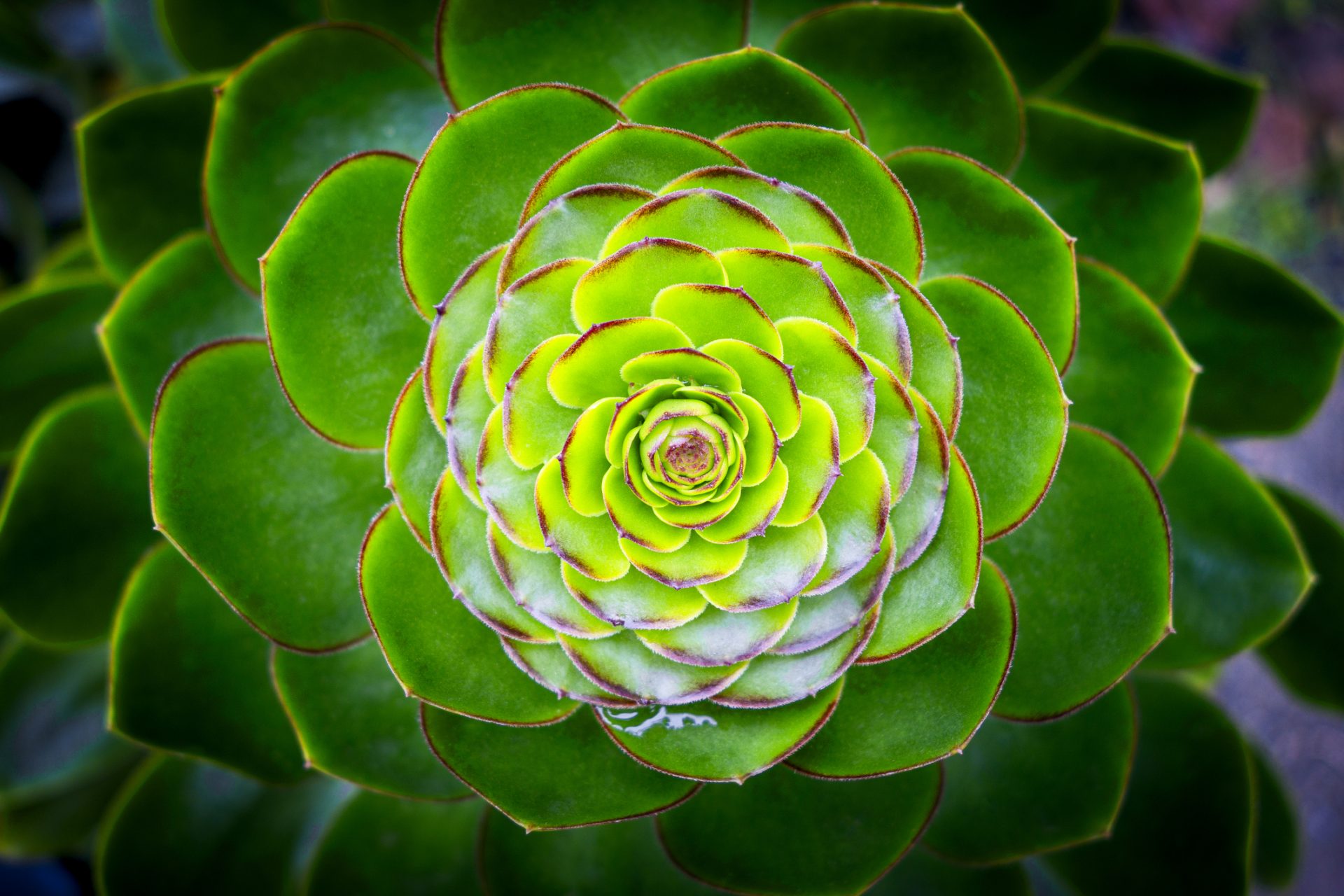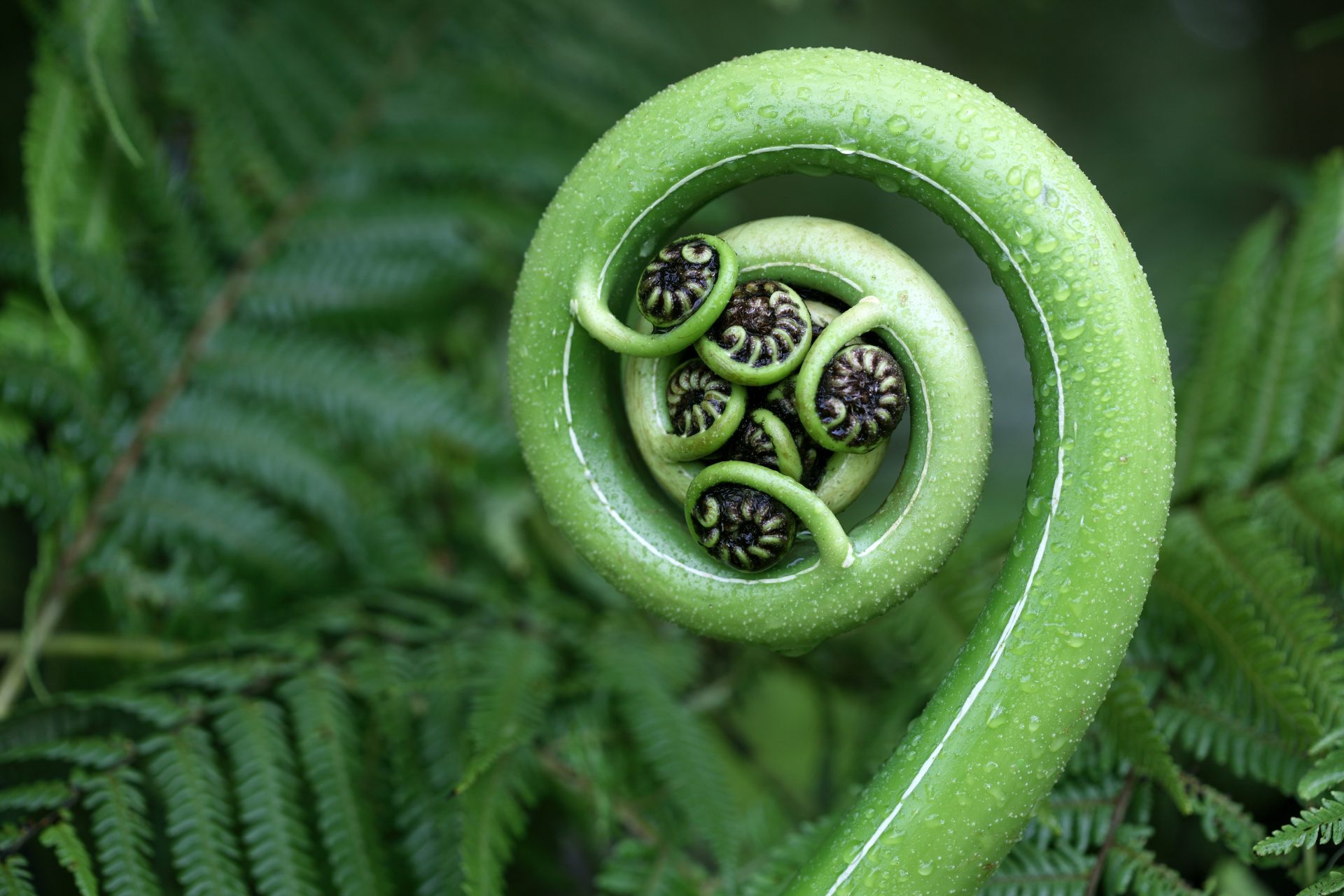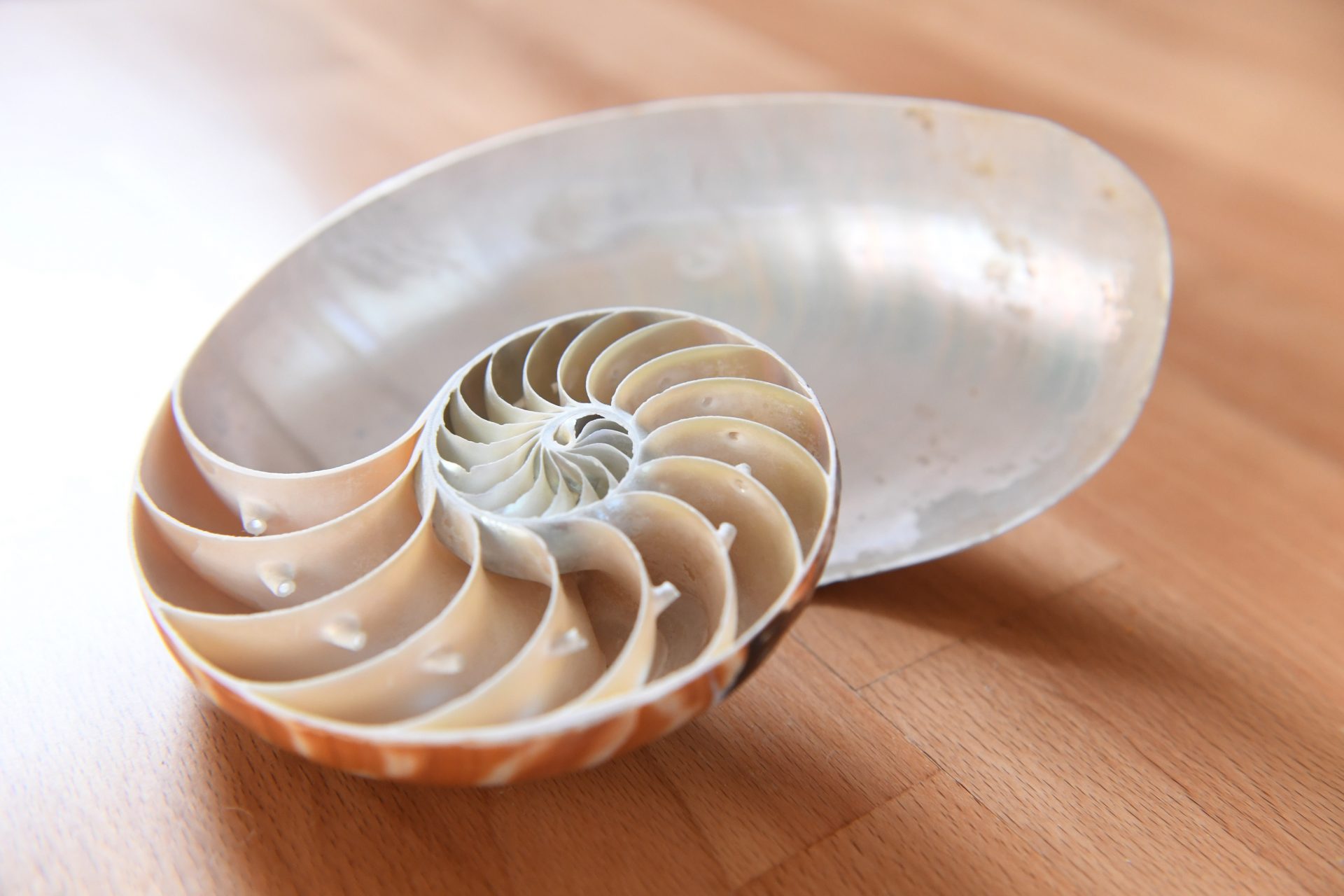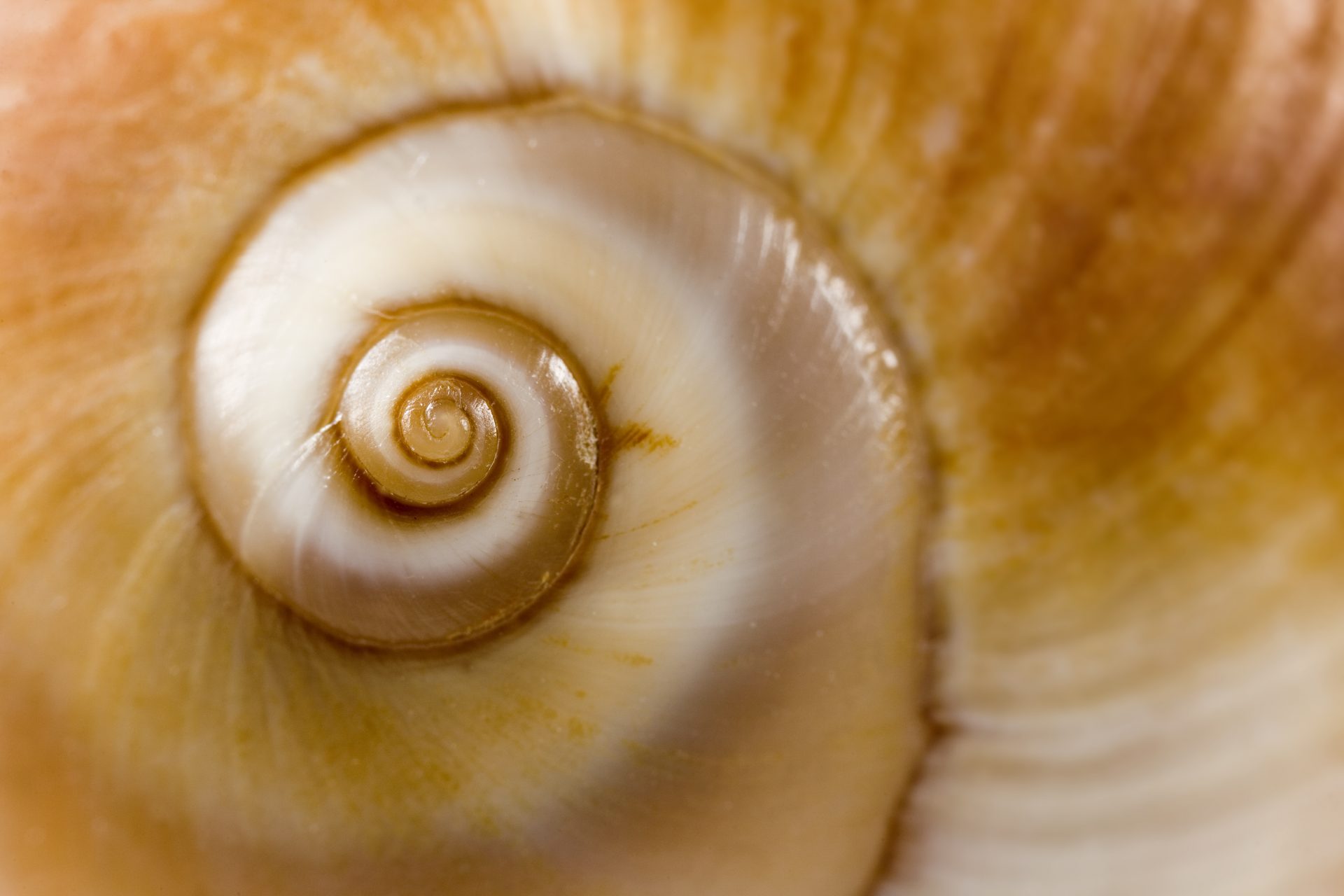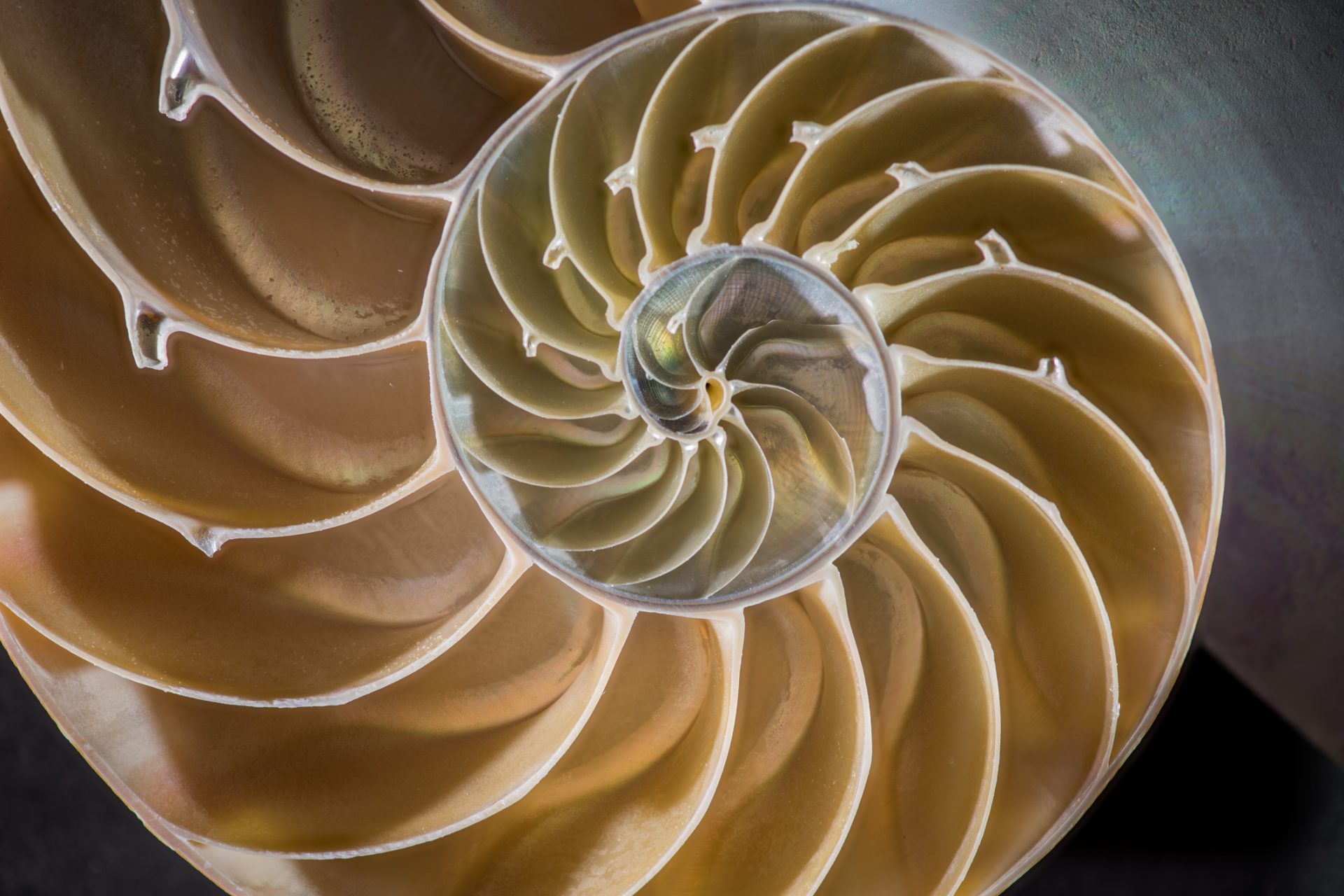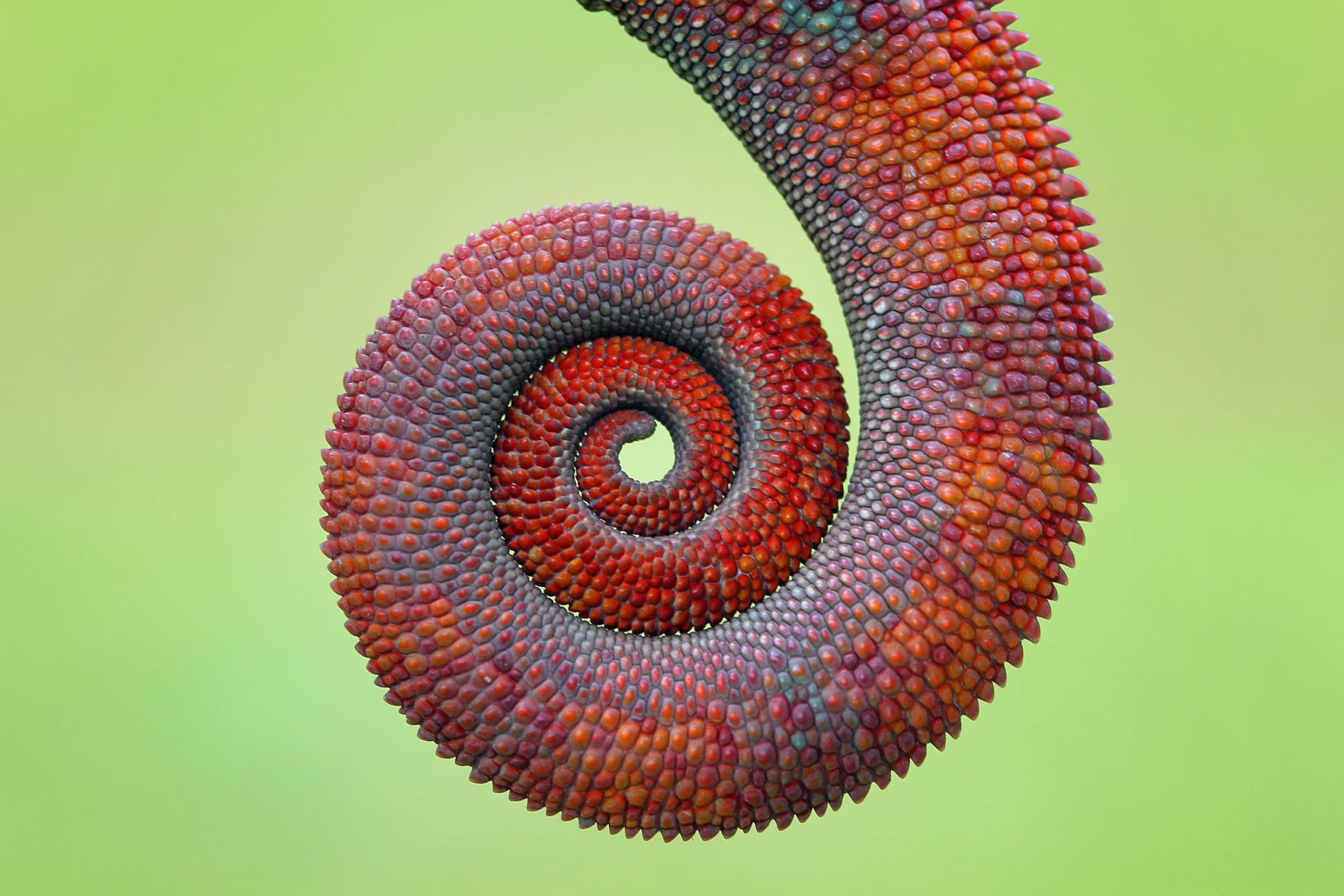Mathematicians find an explanation for nature's perfect shapes
A group of mathematicians from the University of Oxford together with another group of experts from the Budapest University of Technology and Economics have managed to unravel the mystery of the geometric shapes in nature.
From the fascinating honeycombs to the delicate symmetry of a spider's web, nature reveals its ability to use geometry in a very different way to the way humans use it to build everyday objects.
A chair, a house or an Excel spreadsheet, for example, have right lines and angles, a common solution in objects created by humans.
Thus, in classical geometry, traditional solutions include triangles, squares and hexagons, as well as cubes and other polyhedrons in three-dimensional space, all with defined corners and flat faces.
However, in nature, many space-filling shapes have curved edges, non-flat surfaces, and few sharp corners.
This raises an important question: how do we connect these classic geometric shapes to the softer, more organic structures seen in nature?
In the study, published in the journal PNAS Nexus, mathematicians solved this problem by introducing a new class of mathematical shapes, called "soft cells."
According to the researchers, this new universal class of shapes is defined by filling a space without leaving gaps and with as few sharp corners as possible.
Research leader Professor Alain Goriely from the University of Oxford said: "Nature not only abhors emptiness, but also sharp angles," Deutsche Welle reported.
He continued: "Surface tension and elasticity naturally tend to smooth out corners. So it is not surprising that smooth mosaics are widely found in nature."
In this sense, the petals of a rose or the layers of an onion are clear examples of this.
Photo: Unsplash - Hulv M
The study focused on a natural element that is fundamental to understanding geometry in nature: the Nautilus shell.
When viewed in two dimensions, a nautilus' chambers have only two corners and curved edges, allowing them to form mosaics that fit together perfectly, National Geographic reported.
When expanded into three dimensions, it reveals an even more sophisticated design: the compartments take on completely curved shapes, without corners or edges, continuously filling the entire available area.
The study's authors showed that an infinite variety of geometric shapes can be transformed into smoother versions, with fewer corners and more natural curves.
They also created such smooth versions for all spatial divisions based on point networks: "Remarkably, these ideal smooth shapes, originating from geometry, are found abundantly in nature, from cells to shells," the paper concluded.
More for you
Top Stories



